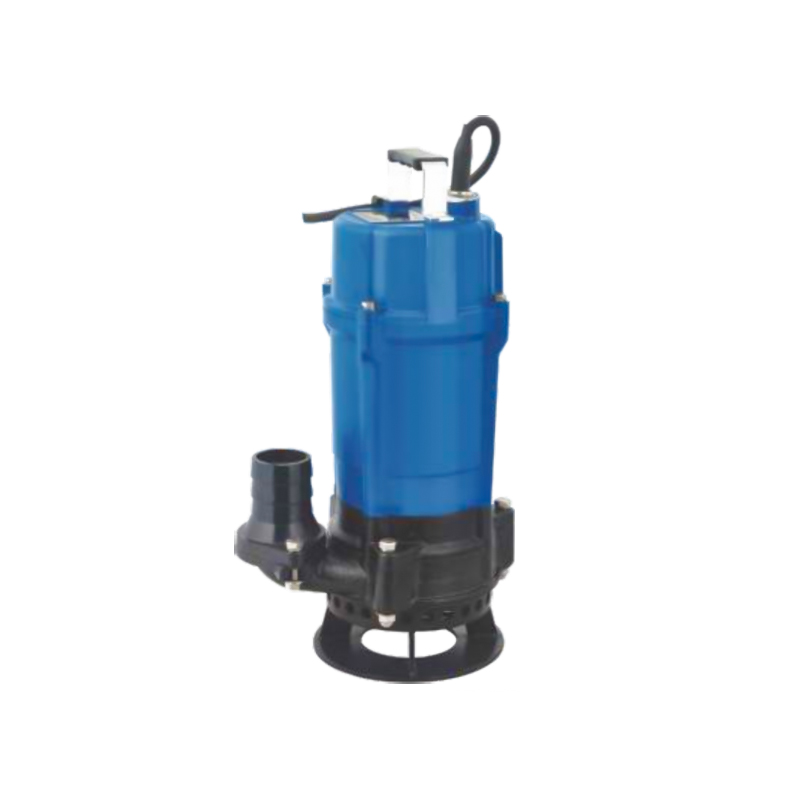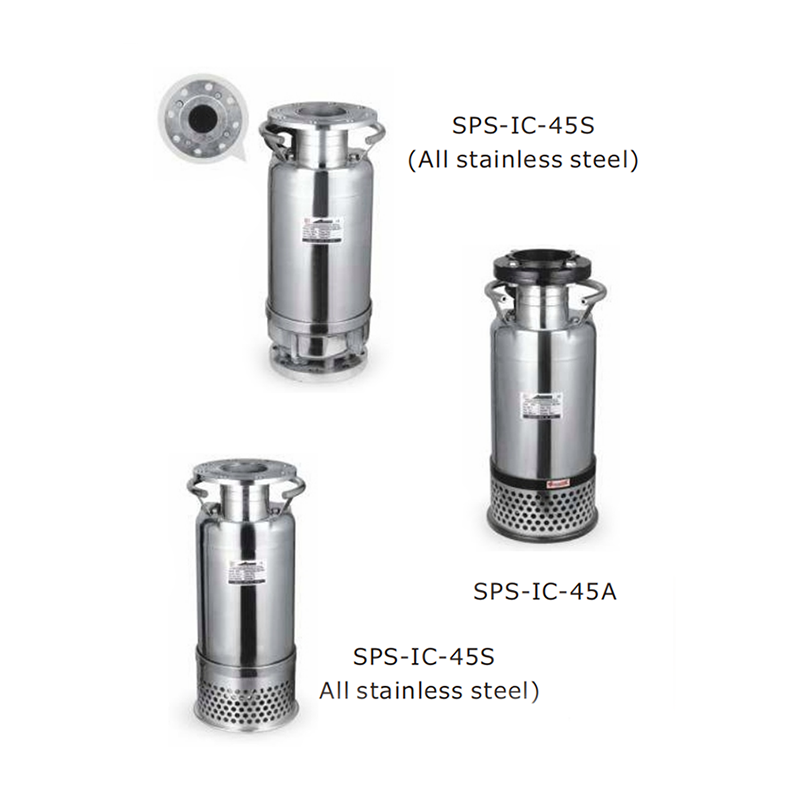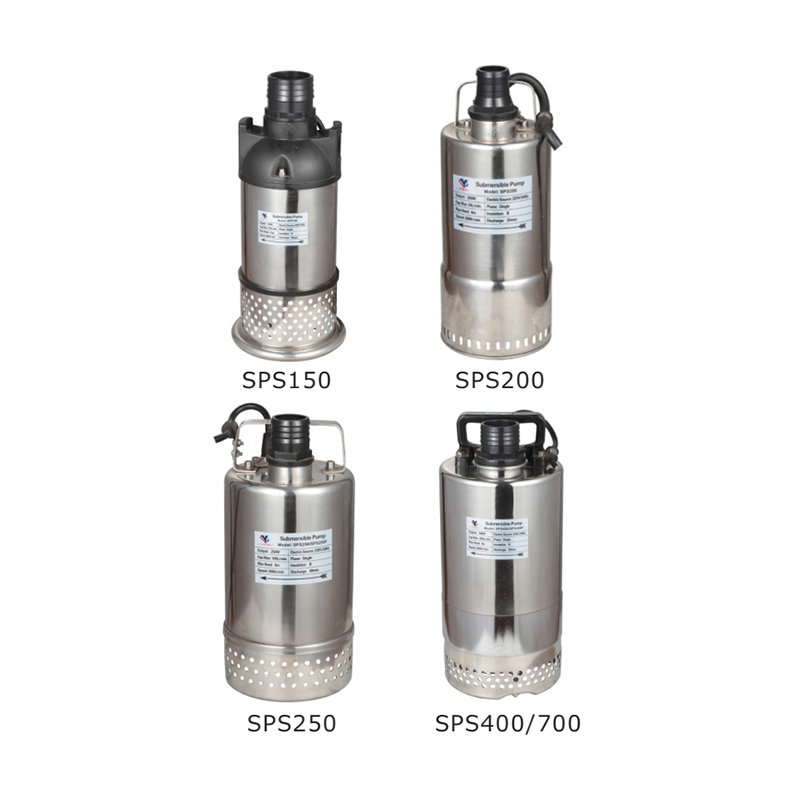In the realm of wastewater management and plumbing, the Submersible Grinder Pump has emerged as a crucial tool for handling and transporting solid waste. This type of pump is designed to operate underwater, making it ideal for various applications where space is limited or where the pump needs to be concealed. While the Submersible Grinder Pump offers numerous advantages, it also comes with some drawbacks that users should be aware of. Understanding both the benefits and limitations of this tool can help in making informed decisions for specific applications.
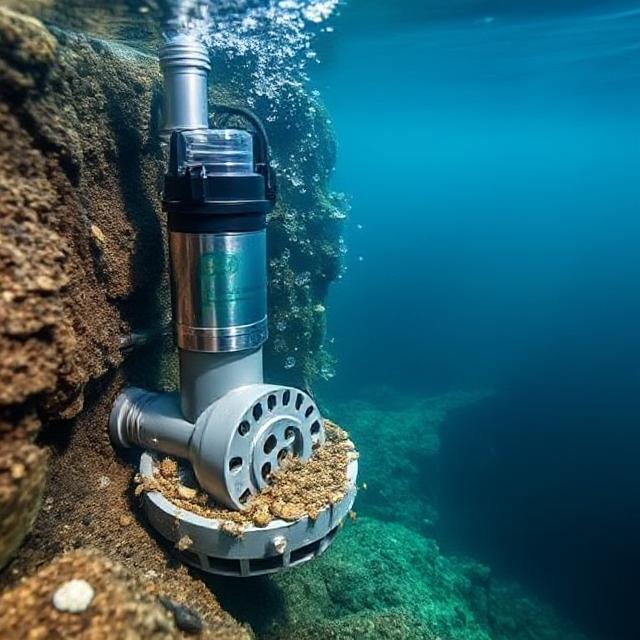 |
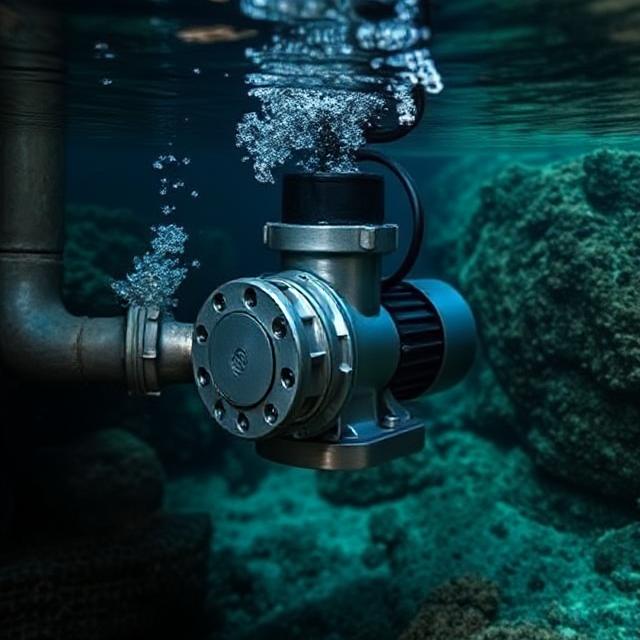 |
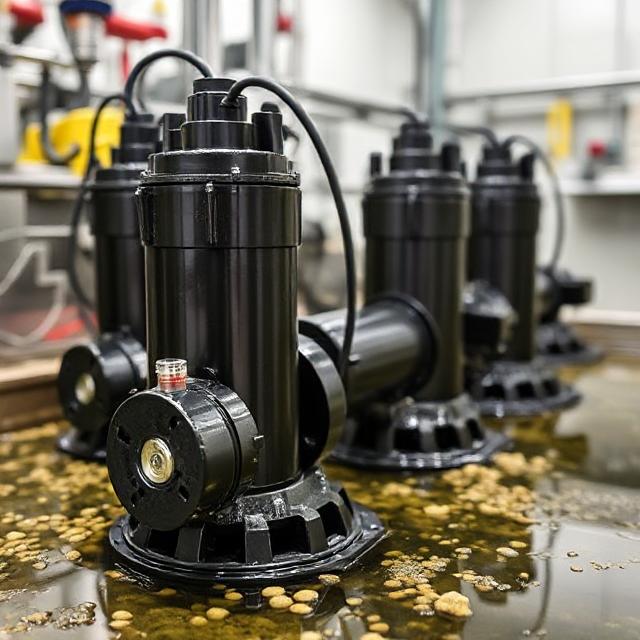 |
Advantages
Efficient Waste Handling: One of the primary benefits of Submersible Grinder Pumps is their ability to handle solid waste effectively. These pumps are equipped with sharp blades that grind waste into fine particles, ensuring smooth passage through plumbing systems. This feature is particularly useful in preventing clogs and blockages, which can be a common issue in wastewater management.
Space-Saving Design: Submersible Grinder Pumps are designed to be compact and can be installed in tight spaces. This makes them ideal for applications where space is limited, such as in small basements, crawl spaces, or remote locations. Their compact size also allows for easy concealment, which can be beneficial in residential and commercial settings where aesthetics are important.
Quiet Operation: Unlike some other types of pumps, Submersible Grinder Pumps operate quietly. This is due to their underwater installation, which helps to muffle the noise generated during operation. This feature is particularly advantageous in residential areas where noise levels can be a concern.
Reliability and Durability: These pumps are built to withstand harsh conditions and are designed for long-term use. They are typically made from durable materials that resist corrosion and wear, ensuring consistent performance over time. This reliability reduces the need for frequent maintenance and replacements, making them a cost-effective solution for wastewater management.
Disadvantages
Initial Cost: One of the main drawbacks of Submersible Grinder Pumps is their relatively high initial cost. The advanced technology and durable materials used in their construction contribute to this higher price point. However, the long-term benefits and reduced maintenance costs can often offset this initial investment.
Complex Installation: Installing a Submersible Grinder Pump can be more complex compared to other types of pumps. It requires proper placement underwater and secure connections to plumbing systems. This process may necessitate the expertise of a professional plumber, adding to the overall cost and complexity of the installation.
Maintenance Challenges: While Submersible Grinder Pumps are designed to be durable, they can still face maintenance challenges. The underwater environment can cause the buildup of debris and sediment, which may require regular cleaning and inspection. Additionally, the blades and other components may wear over time, necessitating periodic replacement.
Applications
Submersible Grinder Pumps used in industrial settings where wastewater contains solid particles. Their ability to grind waste into fine particles, combined with their compact and quiet design, makes them a practical choice for industrial settings. They are essential in processes such as manufacturing, food processing, and pharmaceuticals, where efficient waste management is crucial for compliance and operational efficiency.



 English
English русский
русский عربى
عربى